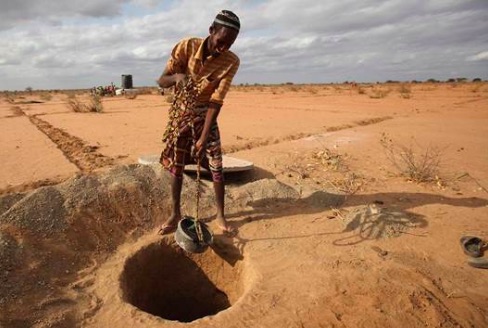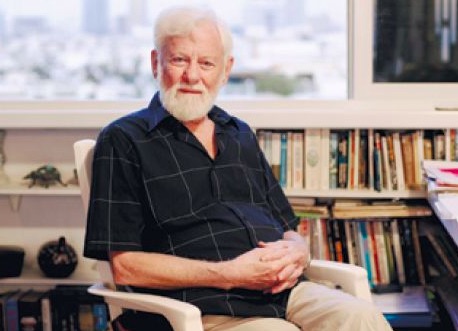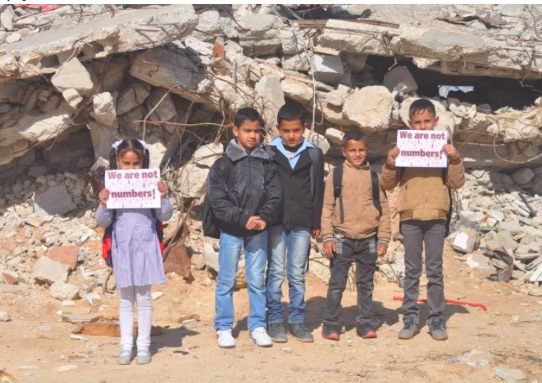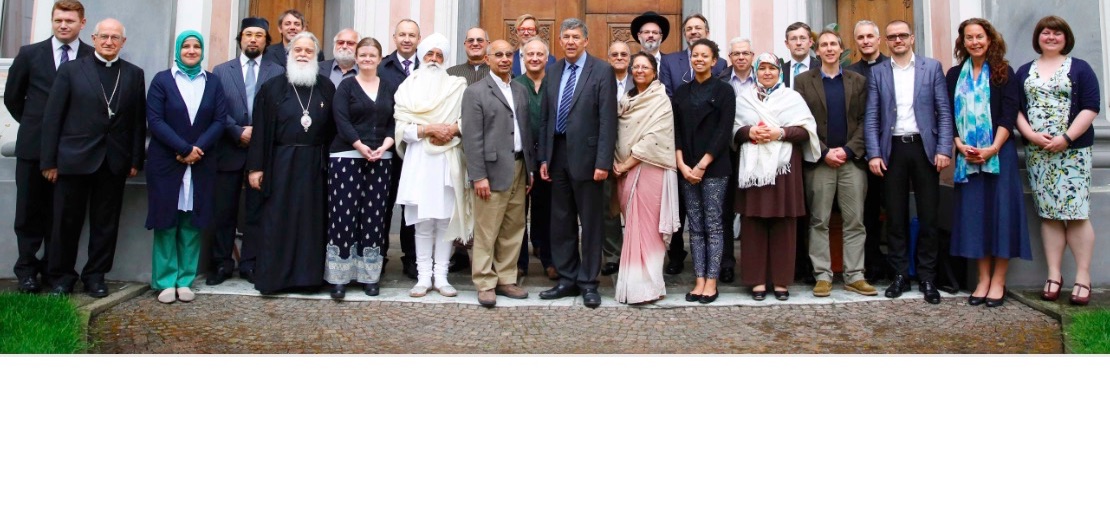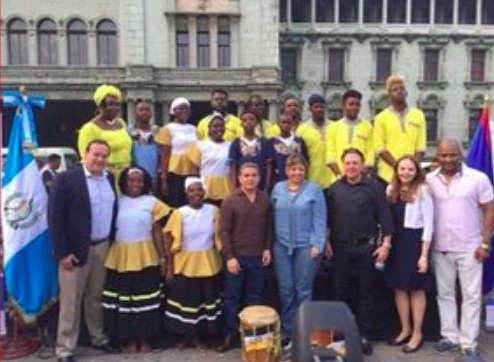TOLERANCE AND SOLIDARITY .
An article from the United Nations
Recognizing the role youth could play in conflict prevention and resolution, the Security Council today urged the Secretary‑General and his Special Envoys to take their views into account in security‑related discussions, and to facilitate their equal and full participation at decision‑making levels.

Participants attend the Somali National Youth Conference held in Mogadishu, Somalia (December 2017). UN Photo/Ilyas Ahmed
Unanimously adopting resolution 2419 (2018), the Council called on all relevant actors to consider ways for increasing the representation of young people when negotiating and implementing peace agreements, recognizing that their marginalization was detrimental to building sustainable peace and countering violent extremism, as and when conducive to terrorism. In that context, it noted the independent Progress Study on Youth, Peace and Security, titled, “The missing peace”.
By other terms, the Council called on Member States to protect educational institutions as spaces free from all violence, ensure they were accessible to all youth and take steps to address young women’s equal enjoyment of their right to education. It recommended the Peacebuilding Commission include in its advice ways to engage young people in national efforts to build and sustain peace, particularly urging appropriate regional and subregional bodies to facilitate their constructive engagement.
The Council went on to request the Secretary‑General to consider including in his reporting progress made towards young people’s participation in such processes as disarmament, demobilization and reintegration, and interlinked community violence reduction programmes. He might also consider internal mechanisms to broaden young people’s participation in the work of the United Nations, the Council stated, asking him to submit, no later than May 2020, a report on the implementation of the current resolution, as well as resolution 2250 (2015).
(Article continued in right column)
(Article continued from left column)
Introducing the draft, Olof Skoog (Sweden) said it built on and complemented resolution 2250 (2015). It underlined the contribution young people could make to peace and security if actively engaged, recognizing both their diversity and the need to counter any stigmatization or homogenization. Further, the resolution highlighted that the youth, peace and security agenda was a crucial part of the 2030 Agenda for Sustainable Development. Indeed, it marked an advance in the collective determination to ensure youth could play their rightful and necessary role in the Council’s work and in building peace around the world.
Gustavo Meza-Cuadra (Peru), speaking after the vote, said the resolution underscored the important role that youth were called on to play in the prevention and resolution of conflict. Highlighting Jordan’s initiative to place the topic on the Council’s agenda in 2015, he said young people were crucial to forging an inclusive vision of a shared future. The resolution represented a major contribution to the Council’s work and he underscored the importance of follow up on its provisions, and of combating stereotypes that perpetuated violence against women.
Karel J. G. van Oosterom (Netherlands) expressed hope that the resolution’s request for a follow‑up report would receive the attention it deserved. The text welcomed the Council’s intention to invite youth organizations as briefers and encouraged the Secretary‑General to include information on youth participation in peace processes. The Progress Study, meanwhile, had given voice to 4,000 young people who would not otherwise have had the chance to participate in a policy‑shaping exercise. He expressed hope that the Council would continue to increase youth participation in issues of peace and security.
Elaine Marie French (United States), while commending Peru and Sweden for working to ensure the Council recognized the role of young people, nonetheless voiced regret that the resolution did not contain language on the prevention of violent extremism. The concept was not new and should not be controversial, as its goal was to address the factors that motivated people towards violence. The Council had missed an opportunity to ensure that youth were involved in action plans to prevent violent extremism. There was no reason why it could not support such efforts. She cautioned against rolling back language on technology and the Internet. Instead, the Council should have used language contained in resolution 2396 (2017), which should be the baseline for going forward.
